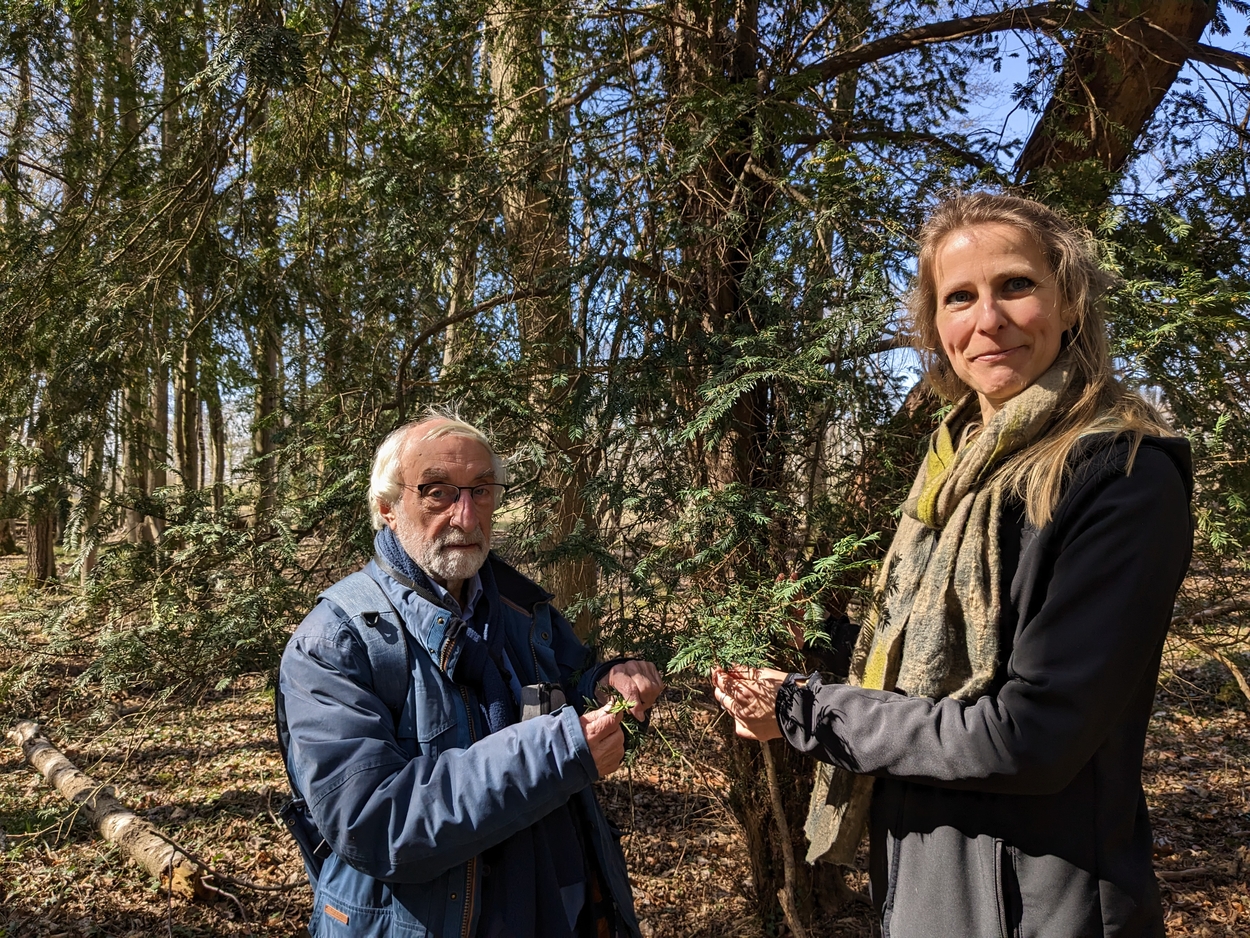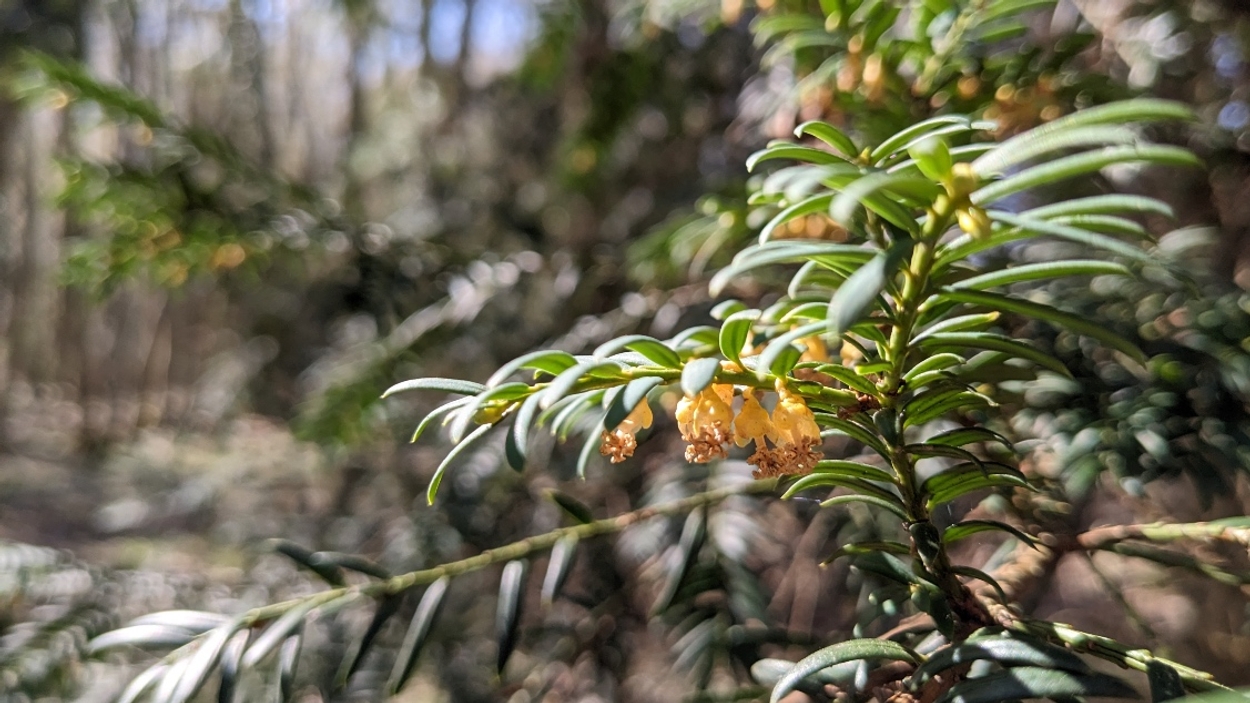Today
•
reading time 2 minutes
•
8820 views
•
store
© Gert Elbertsen
Cultural historian and ecologist Bert Maes probably discovered an indigenous population of yews at a secret location near Winterswijk. The yew, a coniferous tree with red berries, played an important religious role in pre-Christian Europe. It is therefore likely that these yews are the descendants of the trees that were revered by our ancestors.
Most likely native
The yew is a popular plant species in the garden. It is easy to prune and is therefore often used as a hedge. These yews are imported or cultivated; not indigenous. Almost all yews in Dutch nature have their origin in gardens.
Maes cannot rule out with certainty that the yews found come from a garden, but everything indicates that these yews are indigenous. They look like the wild yew, male and female trees are present and because there are other wild species such as wild apple and wild winter lime, the forest is clearly very old.

© Gert Elbertsen
Very important for ancestors
The yew was a very important tree for our ancestors, says forest anthropologist Karolien van Diest. Religious attributes from that time are almost always made of yew wood, and Yggdrasil -the mythological world tree- after new linguistic research turns out not to be an ash, but a yew.
Although the yew has almost disappeared from our thoughts and culture these days, according to van Diest there are still ‘winks’ to those old customs. The Christmas tree, which is often seen as Norway spruce, is, according to the oldest sources, a yew.
All the more reason to protect this special population of yews. Maes: “Something that is so old, older than the dolmens, is very special. We have to be incredibly careful with that.”

